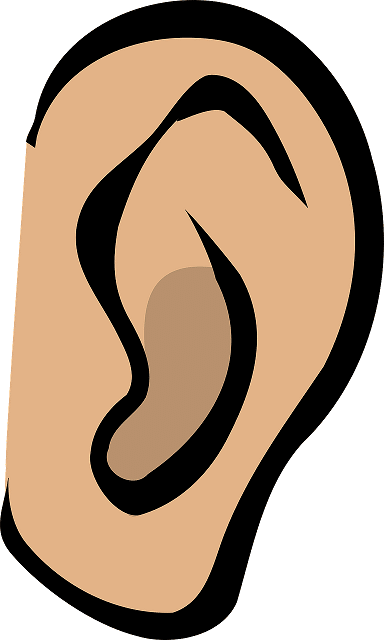Hearing loss is a common condition affecting millions of people worldwide. A variety of factors can cause hearing loss.
The symptoms of hearing loss can vary widely depending on the severity and cause of the condition. Some people may experience a mild decrease in their ability to hear certain sounds, making communicating with others challenging.
It is essential to recognize the signs of problems for those suffering from hearing loss, as early intervention can often help prevent further damage and improve quality of life. This guide provides an overview of the most common symptoms of hearing loss so individuals can be better informed and equipped to recognize and address this condition if it affects them or someone they know.
What are the Types of Hearing Loss?
Conductive, sensorineural, and mixed are the three basic categories of hearing loss.
Conductive Hearing Loss
This type occurs when sound is blocked from traveling through the outer or middle ear, usually due to an obstruction or damage to the eardrum or middle ear bones.
Sensorineural Hearing Loss
This occurs when the inner ear or the nerve pathways that transmit sound to the brain is damaged. Aging, noise exposure, certain medications, and some diseases often cause this hearing loss.
Mixed Hearing Loss
Conductive and sensorineural hearing loss are involved in mixed hearing loss.
What are the Degrees of Hearing Impairment?
Hearing loss can also be classified according to its degree, which ranges from mild to profound.
Mild Hearing Impairment
This is characterized by difficulty hearing soft or distant speech, especially in noisy environments. Patients can only detect sounds between 25 and 29 decibels.
Moderate Hearing Impairment
Characterized by difficulty hearing regular conversation and may require hearing aids. Individuals can only detect sounds between 40 and 69 decibels.
Severe Hearing Impairment
Characterized by difficulty hearing loud speech and may require powerful hearing aids or cochlear implants. The person only hears sounds above 70 to 89 decibels.
Profound Hearing Impairment
Characterized by almost complete deafness and may require communication methods such as sign language or lip reading. These categories of patients cannot hear sounds below 90 decibels.
Based on the type and degree of hearing loss, the symptoms can vary depending on the cause and severity of the condition. Some common signs of hearing loss include:
- Difficulty understanding speech, especially in noisy environments.
Asking people to repeat themselves frequently.
Turning up the volume on the TV or radio to a level others find it too loud.
Having trouble hearing the telephone or doorbell.
Feeling like people are mumbling or not speaking clearly.
Having difficulty hearing high-pitched sounds, such as birds singing or children’s voices.
Feeling tired or stressed after trying to listen or communicate.
Avoiding social situations or withdrawing from conversations due to difficulty hearing.
Causes and Risk Factors
Various factors, including genetics, aging, noise exposure, certain medications, and some diseases, such as diabetes, can cause hearing loss. Certain occupations, such as those involving loud machinery or music, may also increase the risk of hearing loss.
Prevention and Treatment
Hearing loss prevention includes avoiding loud noises, using ear protection when necessary, and getting regular hearing screenings. Treatment options depend on the cause and severity of the hearing loss and may include hearing aids, cochlear implants, assistive listening devices, and speech therapy.
Hearing loss can be a challenging condition to deal with, but recognizing the signs and seeking early intervention can help prevent further damage and improve a person’s quality of life. Individuals can better manage the condition and maintain their hearing health by understanding the types, degrees, causes, and treatment options for hearing loss.





